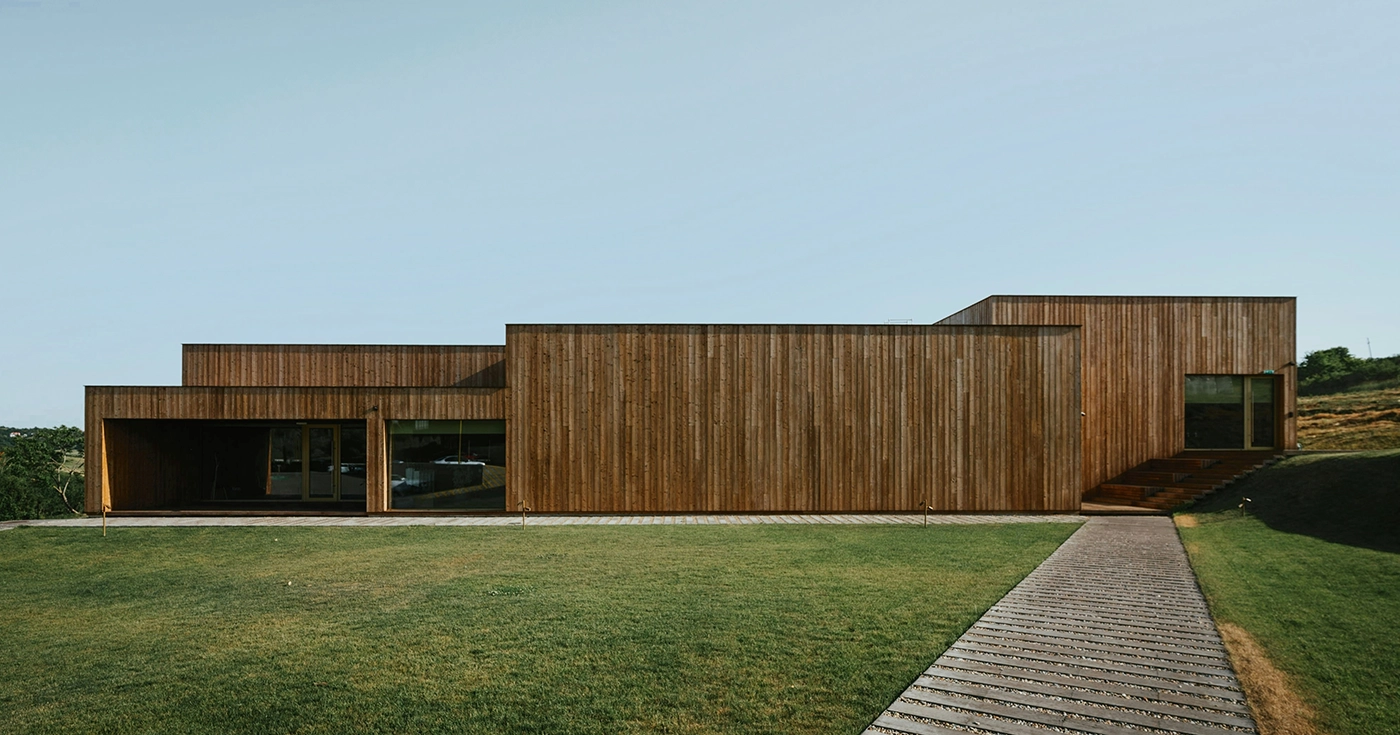
Does sustainability affect housing demand?
In recent years, sustainability in housing demand has become a fundamental pillar. However, beyond the regulations and energy efficiency standards we have discussed in other recent articles, new ways of understanding sustainability are emerging today, changing how both consumers and real estate developers perceive and demand housing.
In this article, we explore how sustainability is transforming housing demand, not only through energy efficiency but also through factors such as social well-being, the circular economy, and new collaborative housing models.
Social well-being as a new incentive for sustainability
For years, sustainability in housing has focused on aspects such as energy efficiency, CO2 emissions reduction, and the use of recycled materials. However, sustainability is now expanding to include a more holistic concept that incorporates social well-being and quality of life.
According to the World Health Organization (WHO), housing should not only be energy-efficient but also promote a healthy environment for its occupants. This involves factors such as access to natural light, proper ventilation, the use of non-toxic materials, indoor air quality, and even access to green areas and community spaces.
In this sense, there is a growing demand for homes that promote comprehensive well-being, not limited to physical comfort alone but also considering mental health and social cohesion. This approach is increasingly important in a post-pandemic context, where housing is not just a place to live but also a space that must offer security, emotional well-being, and, in some cases, serve as a workplace.
Collaborative housing: the revival of alternative living models
An emerging phenomenon that is gaining momentum, especially in cities with high housing prices, is the concept of collaborative housing. This model involves multiple families or individuals sharing common spaces such as kitchens, gardens, and living rooms while maintaining private residences. This approach reduces resource consumption, fosters cooperation among residents, and optimizes the use of material resources.
This model also has a strong sustainability component by reducing individual ecological footprints since resources like water, energy, and building materials are shared among residents, lowering environmental impact. Additionally, collaborative housing promotes the circular economy, encouraging the reuse of materials and products instead of the constant purchase of new resources. A great example of this concept is the Urban Campus project, a coliving space designed for young professionals, fully furnished and with all expenses and services included, from workspaces to terraces with barbecues and a gym.
The impact of technology on sustainable housing demand
Technology is playing an increasingly important role in housing sustainability, not only in terms of energy efficiency but also in resource management and the creation of smart homes. The integration of technologies such as automation systems, smart energy management, and resource monitoring platforms is transforming how homes manage their energy consumption and their water, heating, and electricity needs.
Smart homes allow homeowners to manage resource usage more efficiently by adjusting temperature, lighting, and energy consumption throughout the day to minimize waste. Moreover, artificial intelligence can predict and optimize consumption patterns, significantly reducing a home’s carbon footprint.
This type of green technology is becoming an increasing demand from consumers, especially in a context where awareness of climate change and sustainability continues to grow.
Sustainability and housing demand in a competitive real estate market
The real estate sector, especially in major cities, is facing a growing demand for sustainable housing due to greater awareness of the environmental impact of construction and daily living. Buyers and tenants now prioritize homes that not only offer low operating costs but are also resilient to climate change and environmentally friendly.
However, this increase in demand is also pushing real estate developers to find ways to adapt their projects to new expectations. This is driving changes in construction standards and the use of eco-friendly materials and renewable energy.
Additionally, the rental market has also seen a rise in preference for sustainable housing. Despite the costs, and whenever possible, tenants are increasingly valuing energy efficiency and the lower expenses associated with living in a home that meets ecological standards.

